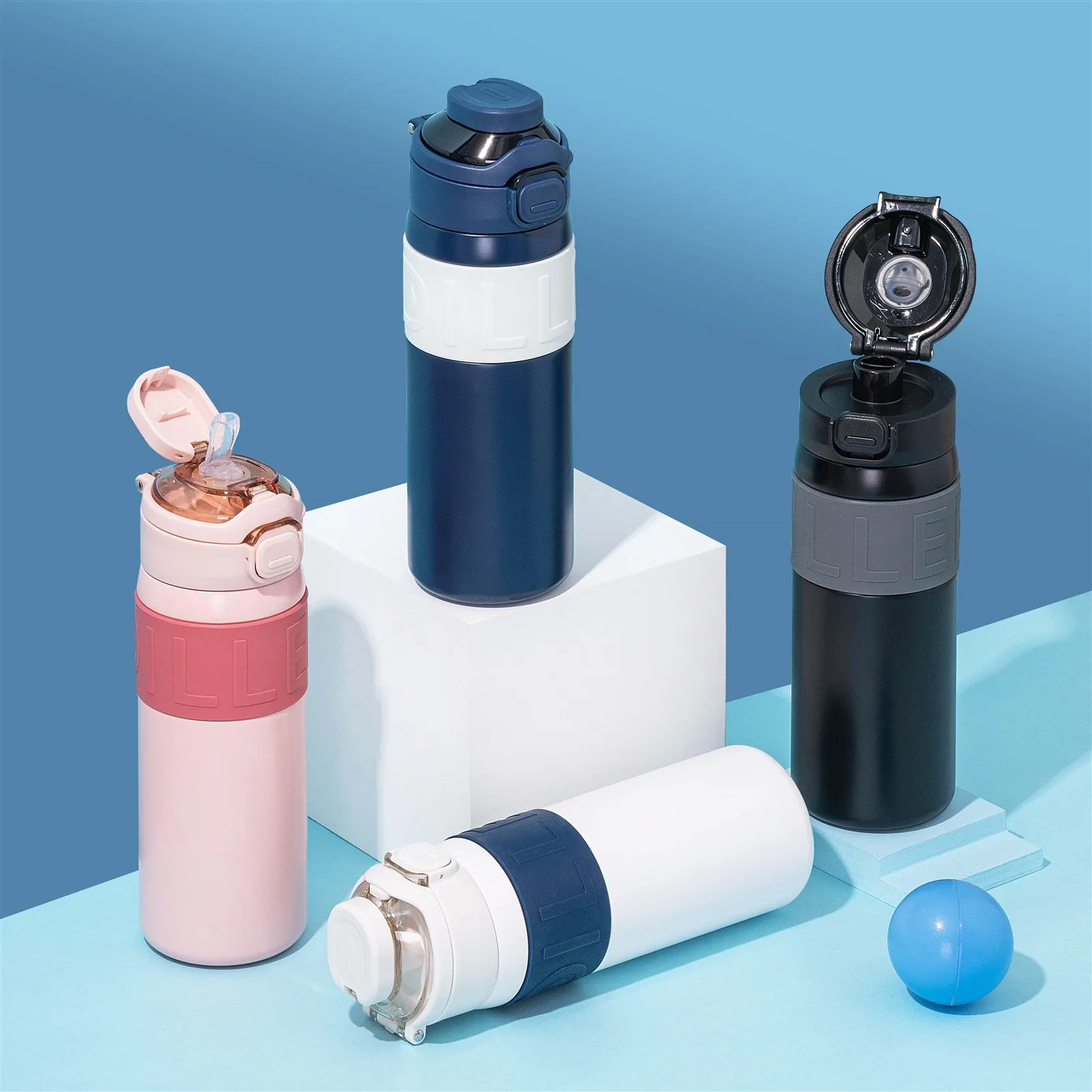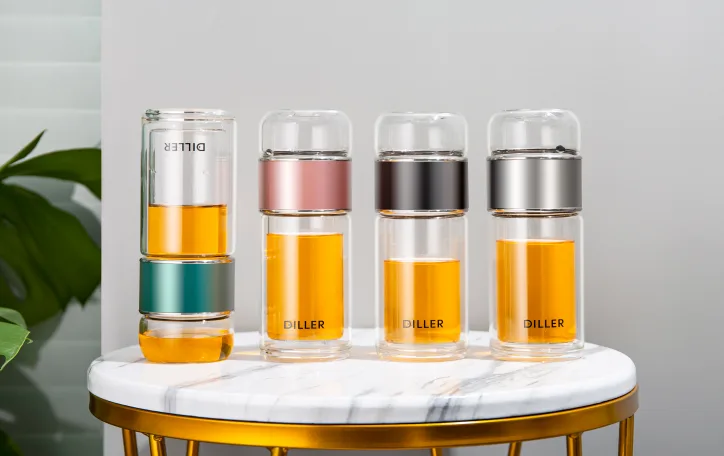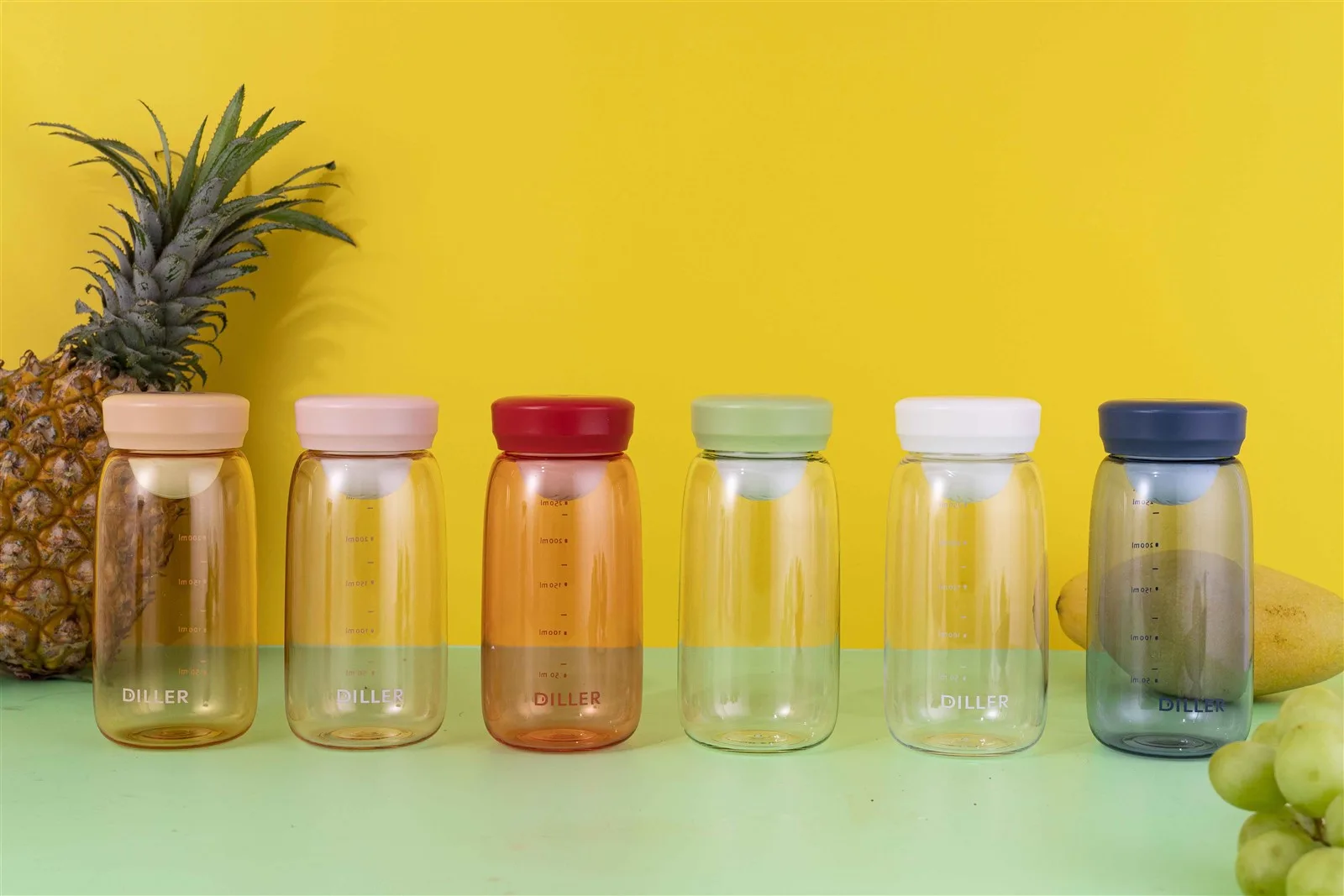Today, we will teach you in detail how to clean insulated cups, glass cups, and plastic cups to avoid bacterial growth and affect your health.
The following steps can be followed for cleaning the insulation cup:
1. Tea stains and coffee stains: First soak the insulated cup in warm water for a while, then wipe it with toothpaste to remove it.
2. Salt stains: First, rinse the inside and outside of the insulation cup with warm water, and then use a toothbrush dipped in table salt to brush off the stains.
3. Fruit stains: The removal of fruit stains is relatively simple. Soak it in salt water for an additional period of time, and then brush it with toothpaste to remove it.
4. Odor: Pour salt water into a insulated cup, shake, and rinse with clean water to remove the odor.
5. Milk stains and soybean milk: first rinse the thermos cup with water, then pour in a proper amount of white vinegar, shake it twice, then let it stand for half an hour, and finally rinse it with water.
6. Stains that are difficult to dissolve in water: Dip a small amount of diluted acid or alkali with a small brush and brush the insulation cup to remove them.
7. Daily cleaning: After using the insulated cup every day, it should be cleaned in a timely manner to ensure that there is no odor generated.
The cleaning of glass cups can refer to the following steps:
1. Cleaning the interior: First, pour an appropriate amount of warm water into the glass, add a small amount of neutral detergent, and wipe the interior surface with a clean cloth or sponge to remove dirt and bacteria. If the cup has a strange smell, you can add some white vinegar to the water, stir well, let the white vinegar soak in warm water for a period of time, and then rinse it clean with water.
2. Cleaning the outside: Wet the outside of the glass with clean water, add a small amount of soapy water or neutral detergent, and wipe the surface with a clean cloth or sponge. Be careful not to use too rough a cloth or sponge to avoid scratching the surface. Then rinse off the detergent with clean water and dry it with a clean towel.
3. Remove scale: If there is scale inside the glass cup, a mixed solution of vinegar and water can be poured into the cup and soaked for a period of time, and then rinsed clean with clean water. If the scale is severe, lemon juice or acetic acid solution can be used for cleaning.
4. Disinfection and sterilization: In order to further disinfect and sterilize, the glass can be boiled in boiling water for 5-10 minutes, or high-temperature disinfection can be carried out using a disinfection cabinet. Be careful not to use overly irritating disinfectants to avoid corrosion and damage to the cup.
In short, when cleaning glass cups, it is important to use gentle detergents and tools, avoid using sharp objects and strong irritants to avoid damage to the cups. At the same time, it is important to keep the cup dry and hygienic to avoid bacterial growth.
The cleaning of plastic cups can refer to the following steps:
1. Internal cleaning: First, pour an appropriate amount of warm water into the plastic cup, add a small amount of neutral detergent, and wipe the internal surface with a clean cloth or sponge to remove dirt and bacteria. If the cup has a strange smell, you can add some white vinegar to the water, stir well, let the white vinegar soak in warm water for a period of time, and then rinse it clean with water.
2. External cleaning: Wet the outside of the plastic cup with clean water, add a small amount of soapy water or neutral detergent, and wipe the surface with a clean cloth or sponge. Be careful not to use too rough a cloth or sponge to avoid scratching the surface. Then rinse off the detergent with clean water and dry it with a clean towel.
3. Remove tea stains: If there are tea stains inside the plastic cup, a mixed solution of vinegar and water can be poured into the cup to soak for a period of time, and then rinsed clean with clean water. If tea stains are severe, lemon juice or acetic acid solution can be used for cleaning.
4. Pay attention to water temperature: Avoid using overheated water to clean Tritan plastic cups, to avoid deformation or cracking of the cups, and to avoid corrosion and damage to the cups.
It should be noted that when using plastic cups, avoid using overly irritating cleaning agents and disinfectants to avoid corrosion and damage to the cups. At the same time, do not use sharp objects or cleaning tools with strong friction to avoid scratching the surface. After cleaning, the cup should be dried to prevent bacterial growth.
In summary, regardless of the type of cup, mild detergent and soft cleaning tools should be used for cleaning, avoiding the use of overly irritating cleaning agents and strong friction cleaning tools. At the same time, it is important to keep the cup dry and hygienic to avoid bacterial growth.




